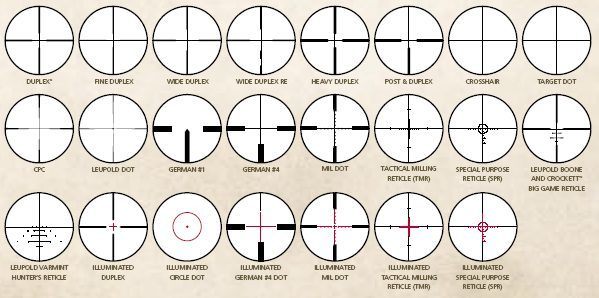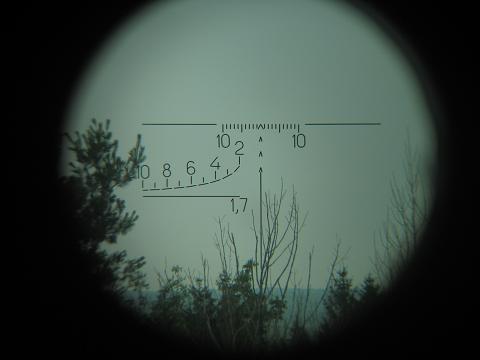A minute of arc (MOA)1, arcminute, or minute arc, is a unit of angular measurement equal to 1/60 of one degree.
MOA – Minute of Angle
In shooting circles, Minute of Angle, or MOA represents approximately one inch at 100 yards.2
Many modern rifle scopes are set up to adjust in half or quarter MOA increments, also know as ‘clicks’. Therefore, if you know the distance of the target (100 yards) and your point of impact is 3″ high and 1.5″ of where you intended the shot to go, then you need to adjust your scope 3 MOA down, and 1.5 MOA right. This makes adjustments on the scope easy, enabling you to dial quickly in the scope to your intended point of impact.
It is worth noting; that scopes can be calibrated in true MOA, or in Shooters MOA (SMOA) – which is a true 1 inch at 100 yards. While this may not make a whole lot of difference at shorter ranges – at longer ranges the difference compounds – if adjusting over 20 MOA, this could add up to over an inch difference. Significant if you are looking for a first shot hit.
Firearm accuracy
Manufacturers will often express the accuracy of their firearm in MOA. For example, a 1 MOA rifle should be capable, under ideal conditions, of shooting on average, 1-inch groups at 100 yards. This discounts shooter error – and often also defines a particular ammunition that needs to be used. It also often only refers to a group of 3 to 5 shots. It is often suggested that larger groups should be utilised to measure this. Many modern rifles are capable of ‘sub-moa grouping’ – it has become the defacto standard for marketing a precision rifle.
But we live in a metric world
True. Though many people have adapted to the MOA standard, another system, the MilRad lives in the metric world. A MilRad is equal to one 1000th of the target range. This is laid out in a circle around the shooters position, with the target range as the radius. Which means, 2 x π x 1000. Therefore 1 MOA = 0.2908 MilRad. Adjusting one Milrad up at 100 metres will result in an offset of 100 mm. The markings on a reticle that mark MilRads are called MilDots. Such a reticle is called a MilDot Reticle.
Mixed systems
What is most important is that no matter what system you decide to use is ensuring that the reticle measurements (if it has them) and your turret adjustments are the same. For example, if your reticle gives measurements in MOA, don’t get turrets with MilRad adjustments. You are just asking for confusion. If you are mathematically inclined, go for it – but converting from imperial to metric while estimating wind and range and hoping the animal doesn’t wander off could be a bit much. Why a manufacturer even allows you to purchase them this way I am not sure. But it is possible, so pay attention when buying.

What system should I use?
Depends. While MOA inherently has finer adjustments what MilRAD it makes sense to stick with what system you are already familiar with. I.e. if you were to estimate a distance to an object, would it be in metres or feet? What do your shooting buddies already shoot? It might make sense to keep it the same so you can easily communicate back and forth. Already own a rangefinder? What is it set up to return information in? By keeping the system the same you reduce the amount of conversion you have to do.




You must be logged in to post a comment.